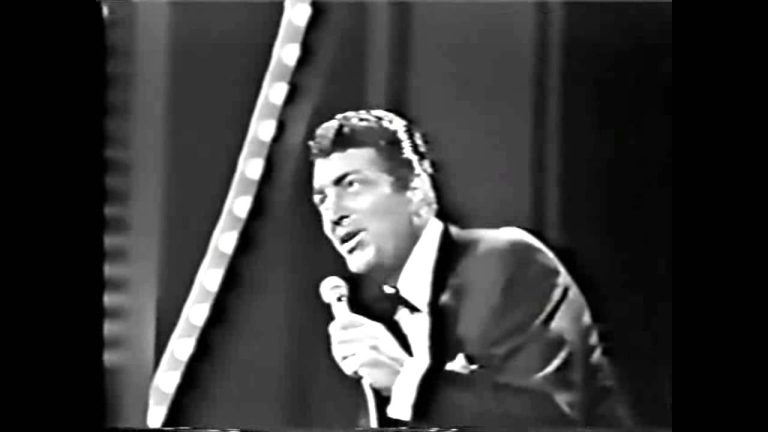… Ton message à la Grande Ourse/Et la trajectoire de la course/Un instantané de velours…
– Noir Désir, “Le Vent Nous Portera”
I’m on the mailing list for a project called Pour un atlas des figures, (“For an atlas of figures and we don’t mean just dance steps”).
Pour un atlas is run by a movement arts scholar called Mathieu Bouvier and presents itself as tracing “the meander of lines around the radiant notion of ‘figure’, a notion at the meeting point of the philosophy of art, cultural anthropology, clinical and artistic creation”.
When a body mulls that over, it works. Although, until the other day, I used to think an atlas of figures was an absurd idea, an impossibility. To my mind, an atlas was just too physical-rational a notion and figuration and figuring a figure are just too complex and too personal to trace out and distill into the five basic steps of a YouTube tutorial.
But of course, Bouvier never suggested any such thing. I’ve just had the wrong idea. As Bouvier declares, figuration and the figure are a radiant notion and their atlas is the paths and byways from where and by which their un-narrative might be grasped or grokked.
Pour un atlas and these considerations came to my mind the other day because I got a notice for Pour an atlas in my email and because I had just experienced, and enjoyed, too, the dance performance À Cru (“Raw”) by Margaux Amoros.
A Cru, a duo featuring herself and peer performer Jeanne Alechinsky, turned out, for me, at least, to be “all about” figure, figuring and figuration, showing them to exist in the time of an intentional, but un-narrative movement, as quantum, not as evanescent.
Amoros’ intention was:
Ayant fait le constat sans appel de leur domestication avancée, deux femmes décident de partir en quête de ce qui en elles résiste encore. « Qui sont-elles sous les vieilles peaux mortes de leur subordination ? À quoi ressemblent-elles quand leur image se met à trembler de l’intérieur ? » Dans un espace hanté par la présence d’un musicien, elles viennent écouter la nécessité de faire alliance avec une sensualité indisciplinée. / Having understood their state of advanced domestication, two women decide to explore themselves to find that part of themselves that still resists. “Who are they under the dead skin of their subordination? What are they like when the image of themselves quakes from the inside?” In a space haunted by the presence of a musician, they listen to the need to ally themselves with a sensuality without bounds.
Here’s what I (believe I) heard and saw happen with À Cru:
A live guitar in a stage left catwalk is doing broad chords with plenty of dash and wah-wah; throughout sound rather follows or accompanies than leads movement. On stage, two women with what good old Anthony Trollope called “womanly” bodies; at center stage, clothed as womanly women, they are hand-in-hand for movements that range from jerky to moon-walky through to carefully experimental to smoother, stretchy, confident gesture.
At the point at which each of the womanly women seems to descry a distinct/defined individual dance, they loose hands to evolve in parallel.
One plants her feet and focuses her movement and emotion on her thrust-up pubis; I think of a samurai: her clitoris and upper vulva seemingly bulging, her posture and look, a “universal” figuring of “power”, “empowered”. Meanwhile, the other woman, referencing her partner by the contrast of movement, figuring her personal balance, showing herself within herself her body elegance: she stretches her limbs, projects a figuration of the place and sense of each bone and muscle within its whole.
The result is a broad figuration of the two women together gels in my eye – they share an evolved interior or exterior?
The duo passes into a movement of contact … In this contact, they are not so much mirrors as searcher-outers of one-another, experiencing found contact. For me, at least, the piece ends inside this crescendo of contact, without denouement: once liberated, a body lives free, not so?
Back to Pour un atlas.
Figures, by my lights as now seen through À Cru, must necessarily be the collective biography of people figuring and figured. The figuration within that biography recreates the tissue of being-there-with, or the “un-narrative” experience, that enables the sensibility that in turn enables a spectator to enter into Imagination or, as we may say, be sensible of the quantum space a body actually inhabits.
An analogy to what I am thinking of here as “figuration” could be the visual experience of those mummy portraits from Roman Egypt, stimuli that shove the viewer into a “non-past”, say, one peopled with ineffable eternally extant personalities instead of into the “historical (or narrative) past” where each personality has some sort of role in “what happens ‘next’”.
And though Dance is the art that builds, carries and enables figuration, there are webs and webs of it in figuring ordinary life.
I am on the Pour un atlas mailing list because – well before I experienced Margaux Amoros’ À Cru and felt the force of her mastery of figuration – because of my admiration for any people who have understood that dance is the primary art. Loïc Touzé figures among very many admirable contributors of Pour un atlas; I have been in love with Touzé through my experience of his talk-memory dance, Je suis lent (“I am slow”). In my memory, for the record, the Lent I was there with rolls out in a place that photo evidence shows not to be that place or even the time of year or year of its production. All the same, it figures true.
And what is this “love” if not a figuration of daily living, a web in a web of un-sayable figure, figuring and figuration?
Without any intention, by some ordinary quantum symbiosis or another, Touzé’s Lent figures my karmic Patronus. That is, the Down syndrome boy, strong back and sweet temper, for the term of natural life, bound hand, heart and foot to an aging industrial dishwasher. Most everybody who gets a glimpse of the bound figure are figuring it as all for the best. And that holds the bound boy down, ‘though, from time to time, a body with doubts briefly glimmers through the steam and clatter, bucking the bound boy up.
I’ve been figuring the bound boy figuration for years. He has washed many dishes for me and never said a word. Go figure.
_____________________
“À Cru” is Margaux Amoros’ first choreography, a duo It played at the Etoile du nord as part of the “Avis des turbulences” new works program. I saw it on 28 September 2023.
Go to Source
Author: Paul Tracy DANISON

